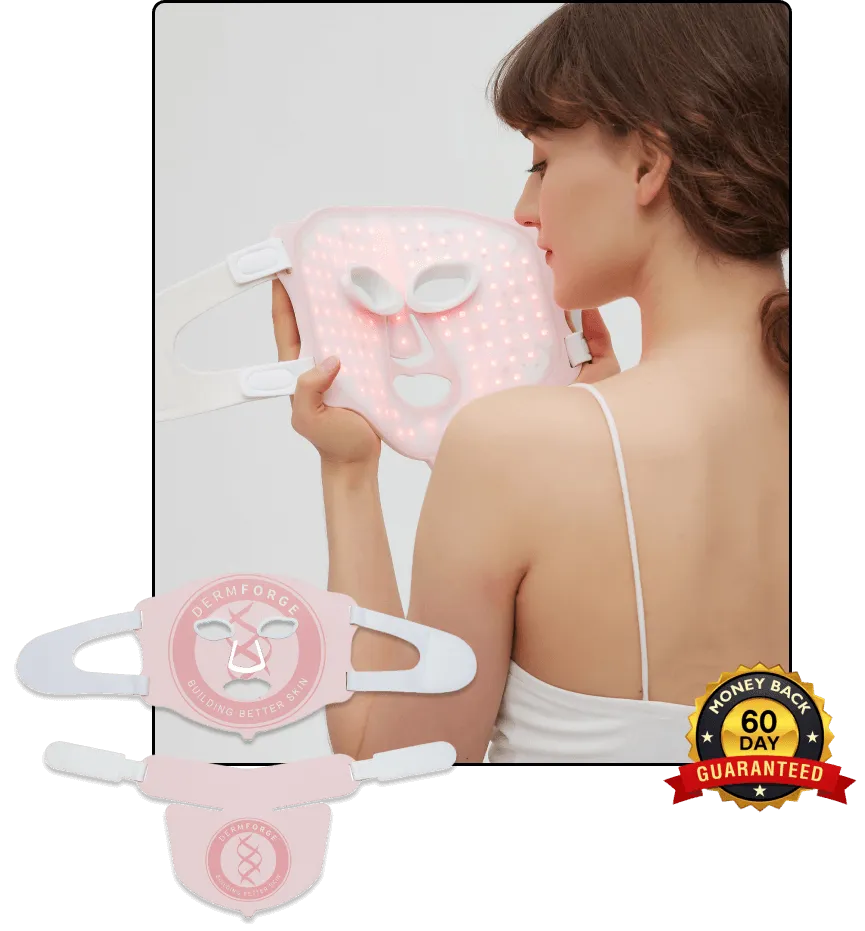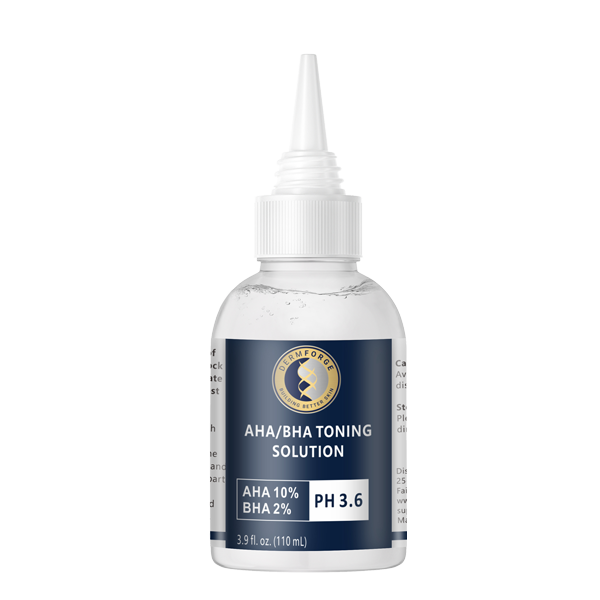In recent years, red light therapy has gained popularity as a non-invasive and drug-free treatment option for various health conditions, including improving the eyes’ health. However, one question that often arises is whether the eyes should be open or closed during red light therapy sessions. To shed light on this topic, let's explore the science behind red light therapy, its benefits, and the debate surrounding eye positioning during treatment. By understanding the facts and weighing the pros and cons, you can make an informed decision that suits your personal preferences and goals.
Understanding Red Light Therapy
Red light therapy, or photobiomodulation, is a therapeutic technique that utilizes low-level red or near-infrared light to promote healing and rejuvenation in the body's cells. This specific wavelength of light penetrates the skin to reach the underlying tissues, stimulating various biological processes that can bring about positive changes in the body.
The Science Behind Red Light Therapy
At the cellular level, red light therapy triggers a response known as photobiostimulation. When the mitochondria in our cells absorb the red or near-infrared light, it activates certain enzymes and promotes increased energy production. This leads to improved cell function and regeneration, providing a range of potential benefits for the eyes and other parts of the body.
Benefits of Red Light Therapy for Eyes
Red light therapy has shown promising results in treating various eye conditions and promoting overall eye health. Some potential benefits include:
- Reduced inflammation and pain relief
- Improved blood circulation in the eyes
- Enhanced production of collagen and elastin, promoting skin elasticity around the eyes
- Stimulated production of antioxidants, protecting the eyes from oxidative stress
- Help with the management of dry eyes and relief from eye strain
Considering these potential benefits, it's important to consider the best approach for positioning the eyes during red light therapy.
Proper positioning is crucial to maximizing the therapeutic effects of red light therapy for the eyes. To ensure optimal results, the light source should be positioned approximately 6 to 12 inches from the eyes. This distance allows the red or near-infrared light to penetrate the eye tissues effectively without causing discomfort or harm.
Additionally, it is advisable to close your eyes or use protective goggles specifically designed for red light therapy. This precaution helps shield the eyes from direct exposure to the light and prevents potential damage. By protecting the eyes during the therapy session, you can fully reap the benefits of red light therapy without compromising your eye health.
The Debate: Eyes Open or Closed During Red Light Therapy
There are proponents on both sides of the debate regarding eye positioning during red light therapy. Some argue that keeping the eyes open allows the light to reach the retina directly, potentially enhancing the therapy’s effectiveness. On the other hand, proponents of keeping the eyes closed believe it reduces the risk of eye strain and discomfort during the treatment.
Red light therapy has gained popularity for its potential benefits in promoting skin rejuvenation, wound healing, and pain relief. The debate over eye positioning adds an intriguing layer to the discussion surrounding this non-invasive treatment modality.
Pros and Cons of Keeping Eyes Open
Advocates for keeping the eyes open argue that direct retina exposure to red light can have certain benefits. They suggest that the eyes are designed to process light, and keeping them open can maximize the therapy's potential effects on the eyes themselves. However, it is important to exercise caution since direct exposure to any light source can harm the eyes.
Furthermore, proponents of keeping the eyes open point to the potential psychological benefits of maintaining visual contact with the red light. Some individuals may find comfort or a sense of reassurance in seeing the source of the therapeutic light during the session, contributing to an overall positive treatment experience.
Pros and Cons of Keeping Eyes Closed
Those who advocate for keeping the eyes closed emphasize avoiding potential eye strain and discomfort during red light therapy sessions. By closing the eyes, individuals can relax more fully and minimize the risk of experiencing any adverse effects of staring at the light for an extended period. This approach may be particularly beneficial for individuals with sensitive eyes or those prone to dryness or strain.
Additionally, closing the eyes during red light therapy can create a conducive environment for mindfulness and meditation. By shutting out external visual stimuli, individuals may find it easier to focus on their breathing and thoughts or simply immerse themselves in a state of relaxation, enhancing the overall therapeutic experience.
Safety Measures for Red Light Therapy
Whether you choose to keep your eyes open or closed during red light therapy, it is crucial to prioritize safety throughout the treatment process. By following these safety measures, you can ensure a positive and risk-free experience:
Precautions to Take During Red Light Therapy
- Protective eyewear: To shield your eyes from the direct light source, consider wearing adequate eye protection during the treatment.
- Dosage control: Follow the recommended guidelines provided by the manufacturer or a healthcare professional to determine the appropriate duration and frequency of red light therapy sessions.
- Stay hydrated: Drinking sufficient fluids before and after therapy can help prevent dehydration and promote overall well-being.
- Comply with contraindications: Red light therapy may not be suitable for everyone. If you have any pre-existing eye conditions or are unsure about potential contraindications, consult a healthcare professional before starting therapy.
It is important to note that while red light therapy is generally well-tolerated, individual responses may vary. Some individuals may experience mild warmth or tingling sensations during the treatment, usually temporary and subside once the session is complete. Additionally, it is recommended to avoid using any photosensitizing medications or substances before undergoing red light therapy to prevent adverse reactions.
Potential Risks and Side Effects
While red light therapy is generally considered safe, it is essential to be aware of potential risks and side effects. These may include mild eye irritation, dryness, and sensitivity to light. If you experience any discomfort or adverse reactions during or after treatment, it is recommended that you discontinue use and consult with a healthcare professional.
Furthermore, individuals with a history of skin cancer or those who are pregnant should exercise caution and seek medical advice before undergoing red light therapy. The therapy's effectiveness and safety profile in these specific populations have not been extensively studied, necessitating a personalized risk assessment by a qualified healthcare provider.
Maximizing the Benefits of Red Light Therapy for Eyes
To make the most of your red light therapy experience for the eyes, consider incorporating these best practices:
Best Practices for Red Light Therapy
- Follow a consistent routine: Consistency is key to reaping the benefits of red light therapy. Establish a regular schedule and commit to the recommended treatment duration and frequency.
- Cleanse and protect your skin: Before each session, ensure your skin is clean and free from any makeup or skincare products that may interfere with light absorption. Additionally, use a gentle eye cream or serum post-treatment to nourish and protect the delicate skin around the eyes.
- Combine other eye-healthy practices: Red light therapy can complement other eye care practices, such as a healthy diet rich in eye-friendly nutrients, regular exercise, and adequate sleep.
Furthermore, it is essential to create a relaxing environment during your red light therapy sessions. Dim the lights, play soothing music, or practice deep breathing exercises to enhance the overall experience and promote a sense of calm and well-being.
Frequency and Duration of Therapy Sessions
The optimal frequency and duration of red light therapy sessions may vary depending on individual needs and the specific device used. It is generally recommended to start with shorter sessions of around 5 to 10 minutes and gradually increase the duration as your body adjusts. For maximum benefits, consider incorporating red light therapy into your routine every week.
Additionally, it's important to consult with a healthcare professional or dermatologist before beginning any new light therapy regimen, especially if you have pre-existing eye conditions or concerns. They can provide personalized recommendations based on your unique needs and help ensure a safe and effective treatment plan.

The Verdict: Open or Closed Eyes for Red Light Therapy
When deciding whether to keep your eyes open or closed during red light therapy, no definitive answer suits everyone. The choice ultimately depends on personal preference and comfort. It may be helpful to consider expert opinions and align them with your individual needs and goals to guide your decision.
Expert Opinions on the Matter
Some experts suggest that keeping the eyes open can enhance the therapy's effectiveness by allowing direct exposure to the retina. This direct exposure stimulates the photoreceptors in the retina, triggering a cascade of cellular reactions that can promote healing and rejuvenation. Additionally, keeping the eyes open allows the red light to penetrate the entire eye, including the lens and the vitreous humor, which may have additional benefits for overall eye health.
On the other hand, other experts recommend keeping the eyes closed during red light therapy to minimize eye strain and discomfort. Closing the eyes can provide a sense of relaxation and help you focus on the therapeutic experience without any visual distractions. It can also prevent any potential discomfort from the brightness of the red light.
It can be beneficial to consult with a healthcare professional or your red light therapy device manufacturer for personalized guidance. They can assess your specific needs and provide recommendations based on your unique circumstances.
Making the Choice That's Right for You
When deciding whether to keep your eyes open or closed during red light therapy, consider your comfort and any specific eye conditions or concerns you may have. If you have sensitive eyes or are prone to eye strain, closing your eyes may be the better option. On the other hand, if you want to target specific eye conditions or maximize the therapy's potential benefits, keeping your eyes open may be worth exploring.
Experimenting with different approaches may help determine which method leads to the most positive outcomes. You can try alternating between keeping your eyes open and closed during different sessions and observing how your eyes respond. Pay attention to changes in your vision, comfort level, or overall well-being to make an informed decision.
Remember, the goal is to balance comfort and therapeutic effectiveness. By finding the best approach for you, you can optimize your red light therapy experience and support the health and well-being of your eyes.
DermForge LED Mask
Ready to experience the benefits of red light therapy? Shop DermForge's website to discover our range of skincare solutions, including the DermForge LED Mask. Incorporate red light therapy into your routine today to take the next step in your journey toward better health.






